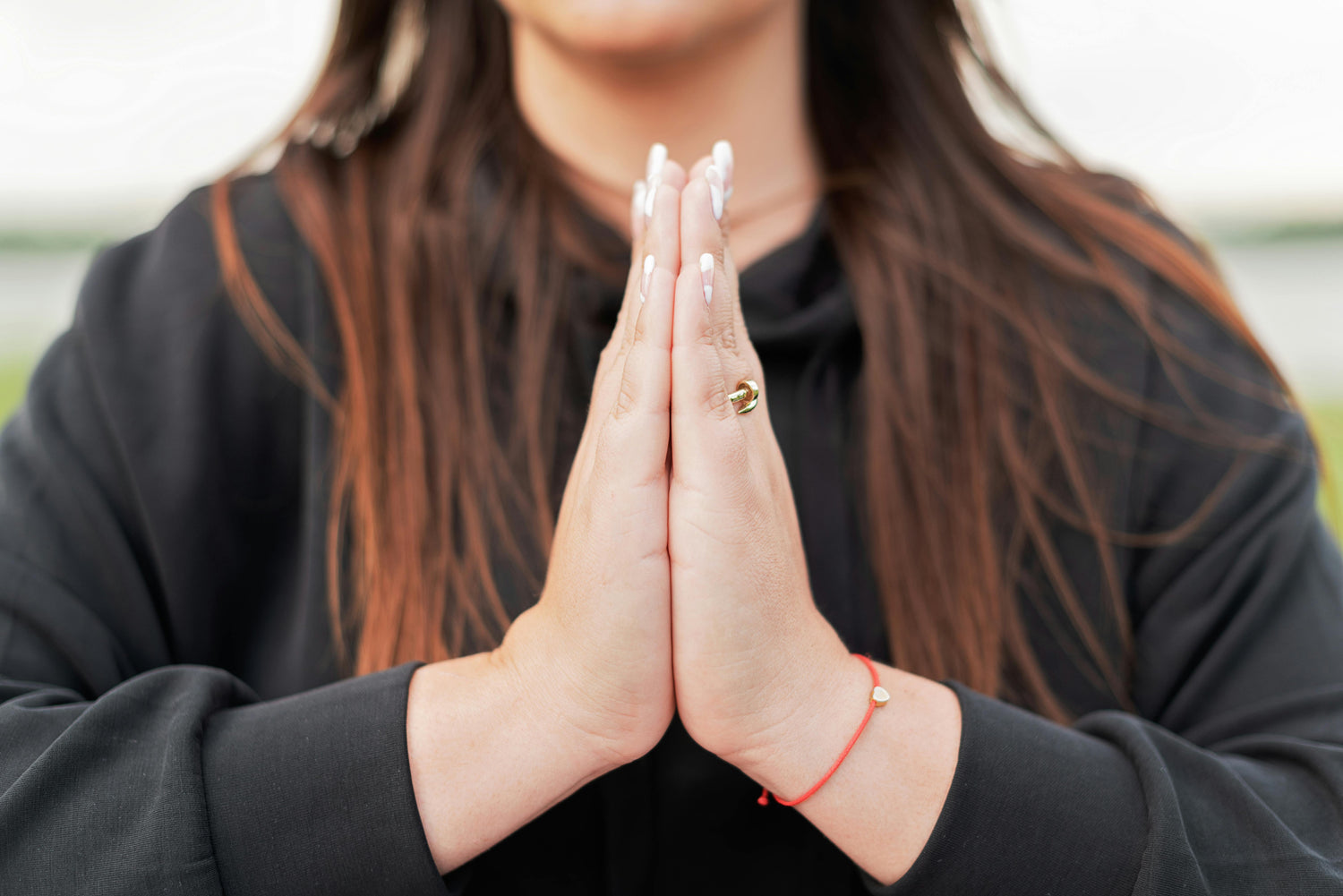Gratitude is often thought of as a fleeting feeling, a momentary acknowledgment of something good in our lives. But what if gratitude could be more than just a thought or emotion? What if it could become a lived, embodied experience that we carry with us in our daily lives? Cultivating gratitude in real life means moving beyond mental acknowledgment and embracing it as a tangible, sensory, and actionable practice. It’s about feeling gratitude in our bodies, engaging with it through our senses, and expressing it through our actions.
In this article, we’ll explore how to cultivate gratitude as a lived experience, breaking it down into four key areas: sensing gratitude physically, engaging with gratitude through the senses, expressing gratitude through action, and cultivating gratitude as a way of being.
1. Sensing Gratitude Physically
Gratitude isn’t just a mental exercise, it’s something we can feel in our bodies. When we experience gratitude, it often manifests as physical sensations that reflect our emotional state. By tuning into these sensations, we can deepen our connection to gratitude.
- Body Sensations: Gratitude can feel like a warmth in the chest, a lightness in the limbs, or a sense of groundedness. These physical cues remind us of the positive emotions we’re experiencing.
- Facial Expressions: A genuine smile, softened facial muscles, or making eye contact are physical expressions of gratitude. These small gestures not only reflect gratitude but can also help cultivate it.
-
Posture: An open, relaxed posture can mirror an internal state of gratitude, while a slumped posture might indicate a lack of appreciation. By consciously adjusting our posture, we can embody gratitude more fully.
2. Engaging with Gratitude Through the Senses
Our senses are powerful tools for connecting with the present moment and appreciating the world around us. By engaging our senses, we can experience gratitude in a more profound and embodied way.
- Smell: The scent of a favourite meal, blooming flowers, or a comforting fragrance can evoke feelings of gratitude. Take a moment to pause and savour these sensory experiences.
- Taste: Mindfully enjoying a delicious meal, a cup of tea, or even a piece of fruit can be a sensory practice of gratitude. Savouring each bite or sip helps us appreciate the nourishment we receive.
- Touch: The warmth of the sun on your skin, the texture of a soft blanket, or the embrace of a loved one can evoke a deep sense of gratitude for the physical world.
- Sight: Appreciating the beauty of a sunset, a piece of art, or the vibrant colours of nature can stimulate feelings of gratitude. Take time to notice the visual gifts around you.
-
Sound: Listening to calming music, the laughter of children, or the chirping of birds can be a sensory experience of gratitude. Let these sounds remind you of the richness of life.
3. Expressing Gratitude Through Action
Gratitude becomes even more powerful when it’s expressed through action. By turning our feelings of appreciation into tangible acts, we not only deepen our own gratitude but also spread it to others.
- Verbalising Gratitude: Saying “thank you” with sincerity and intention can transform a simple phrase into a meaningful expression of appreciation.
- Acts of Service: Preparing a meal, offering help, or doing a favour for someone are physical ways to show gratitude. These acts create a ripple effect of kindness and connection.
- Gift-Giving: A thoughtful gift, no matter how small, can be a tangible way to express gratitude and appreciation for someone’s presence in your life.
- Creating: Engaging in creative activities like writing, painting, or crafting can be a way to express gratitude for the ability to create and share beauty.
- Mindful Movement: Practices like yoga, tai chi, or dance can help cultivate gratitude through bodily awareness and movement. These practices ground us in the present moment and connect us to our bodies.
4. Cultivating Gratitude as a Way of Being
Gratitude isn’t just something we feel or do, it’s a mindset and a way of being. By integrating gratitude into our daily lives, we can create a more profound and lasting sense of appreciation.
- Practicing Gratitude: Regular practices like keeping a gratitude journal, setting gratitude reminders, or taking gratitude walks can help make gratitude a habit. Writing down what you’re thankful for each day can rewire your brain to notice the good more often.
- Noticing the Positive: Actively looking for and appreciating the positive aspects of life, even in challenging situations, fosters a grateful mindset. This practice helps us focus on what’s going right, rather than what’s going wrong.
- Mindful Awareness: Paying attention to the present moment and appreciating the simple things in life, like a warm cup of coffee or the sound of rain, can deepen our sense of gratitude.
-
Shifting Perspective: Reframing negative experiences as opportunities for growth can help us find gratitude even in difficult times. Challenges often teach us valuable lessons, and recognizing this can foster a sense of appreciation.
The Science of Gratitude
Research has shown that gratitude has measurable benefits for both mental and physical health. Studies suggest that practicing gratitude can improve mood, reduce stress, enhance sleep, and even boost the immune system. Gratitude also strengthens relationships by fostering deeper connections and improving communication.
One study found that writing gratitude letters significantly improved mental health, even weeks after the practice ended. Another study revealed that gratitude journaling could lead to better-quality sleep and lower blood pressure.
These findings highlight the transformative power of gratitude, not just as an emotion, but as a practice that can enhance every aspect of our lives.
Grace in Grit
Cultivating gratitude in real life is about finding grace in the grit of everyday life. It’s about noticing the small moments of beauty, feeling gratitude in our bodies, and expressing it through our actions. By engaging with gratitude through our senses, practicing it regularly, and shifting our perspective, we can transform gratitude from a fleeting feeling into a way of being.
Gratitude isn’t just about the good times, it’s about embracing all of life, even its challenges, with an open heart. When we live with gratitude, we create a ripple effect of positivity that touches not only our own lives but also the lives of those around us. So, take a moment today to pause, breathe, and notice the goodness in your life. Grace is all around us, we just have to choose to see it.


0 comments